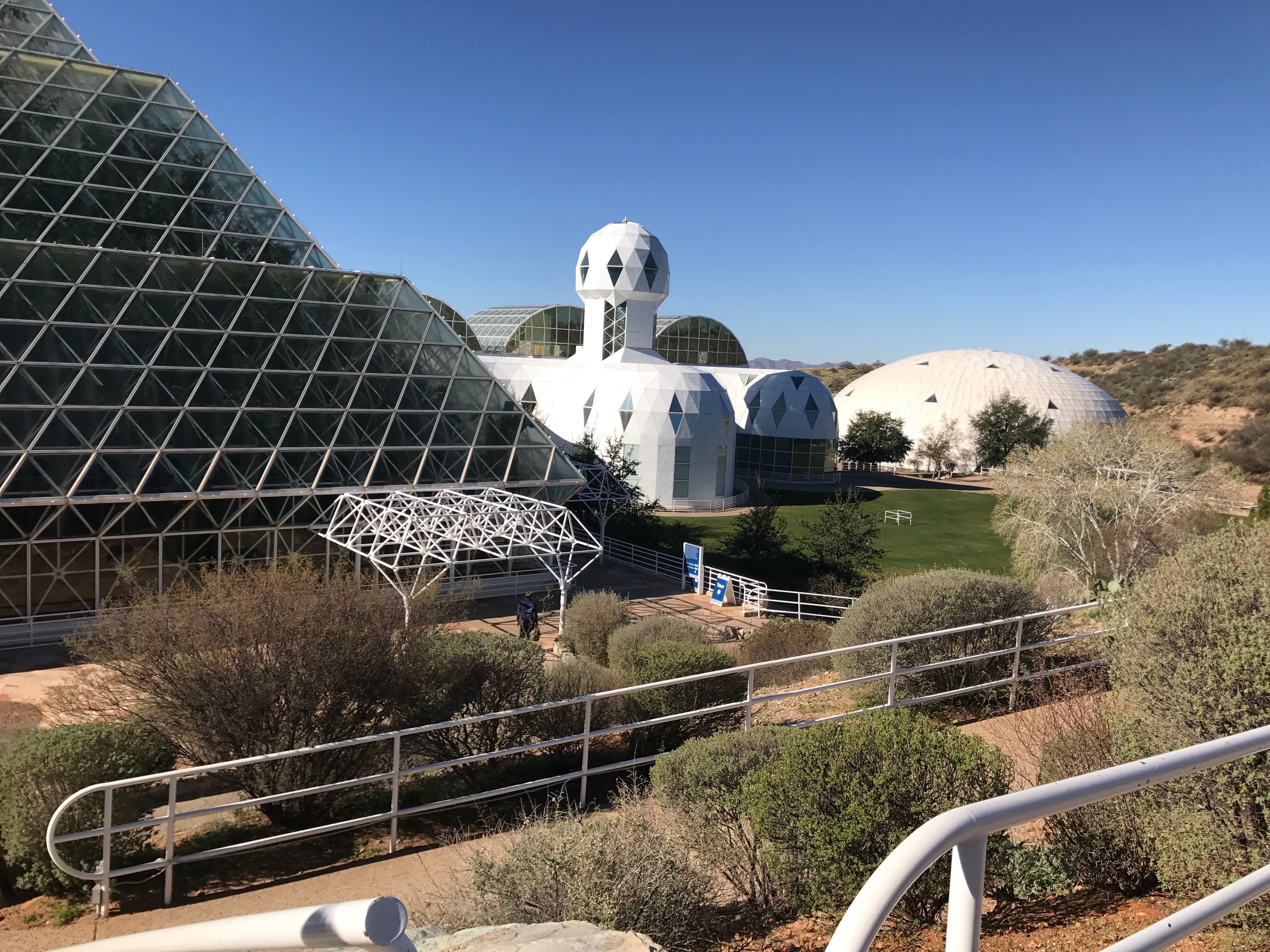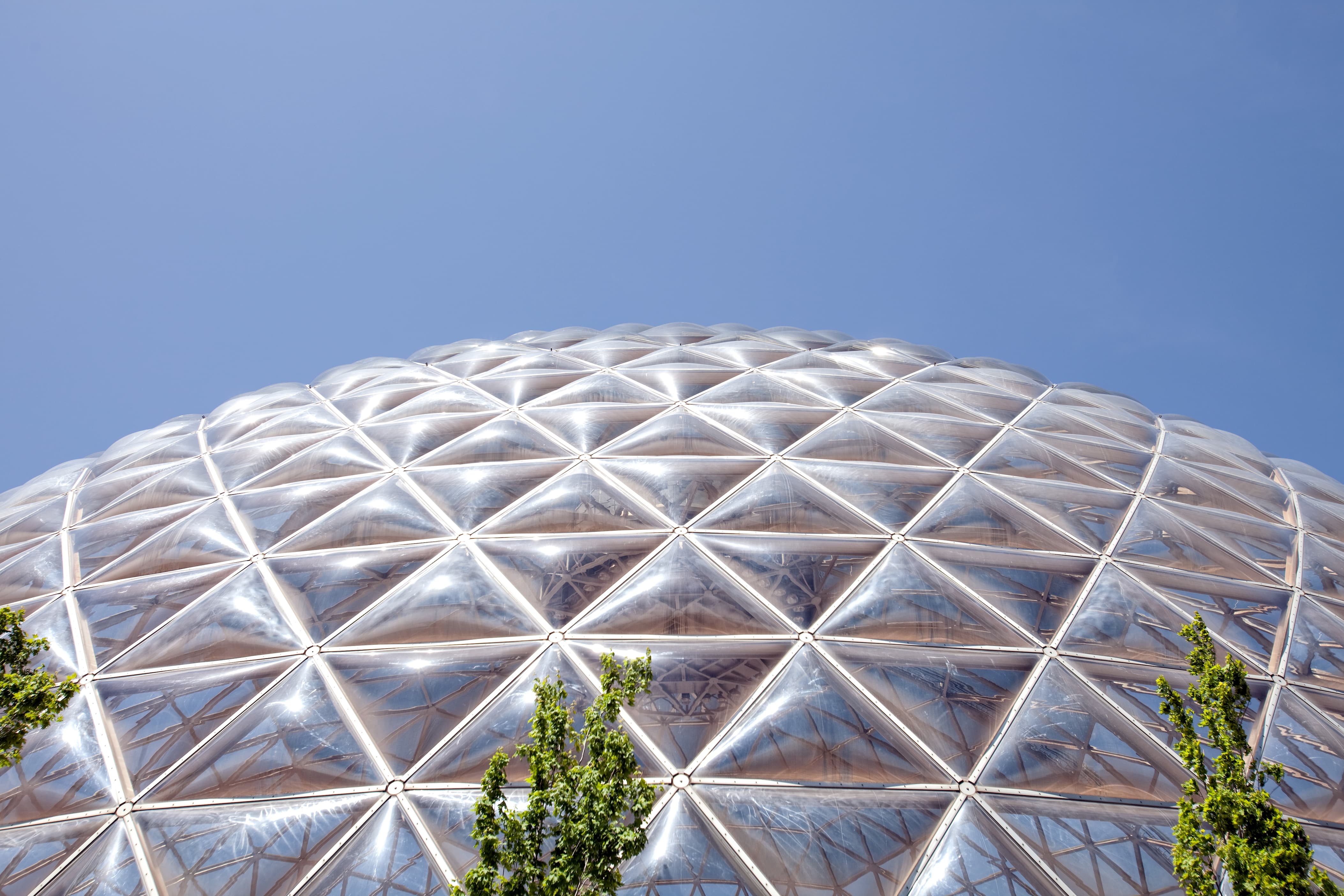What are Biospheres?
- Youtube Views 69,475 VIDEO VIEWS
Video hosted by Fred Mills.
THOUGH it may sound like science fiction, the effects of climate change, air pollution and insect-borne diseases could drive residential and commercial developments to offer biological perks alongside their more conventional selling points in the future.
Artificial "biospheres" offering clean air, fresh water and protection from extreme weather and diseases have been theorised by some as the way that many will choose to improve their quality of life on our planet in the decades ahead.
The concept of creating an isolated environment is nothing new. Arizona’s Biosphere 2 was built between 1987 and 1991 to demonstrate the viability of a closed environmental ecosystem and how it could potentially support human life in space.
Featuring several artificial biomes - including rainforests, coral reefs and a savannah - the 12,700 square metre structure is the largest self-contained biosphere ever built.

Above: Biosphere 2 in Arizona was built to explore the concept of human habitation in space (image courtesy o f Jesuis Eduardo).
Despite its usefulness in imaging life on another planet, Biosphere 2 was never intended to be a model for human habitation on Earth.
Today - with the world witnessing the impacts of climate change and extreme weather events enabling tropical, disease-bearing insects to migrate further afield, the demand for these enclosed environments could be closer than many imagine.
Artificial biospheres would enclose housing developments, commercial offices or even entire communities.
They would be powered by renewable energy and feature state-of-the-art water and air filtration systems creating an optimal living environment in otherwise
hostile conditions.

Above: Enclosed from the outside world, biospheres would protect those inside from extreme weather events.
Their structures would be formed from steel or timber, clad in glass or ETFE panels in some instances, while more advanced biospheres would be 3D printed from waste plastic.
These protected environments could enclose the must-have homes and offices of the future in a world where human impact on the climate reaches extreme levels.

Above: Biospheres could worsen inequality in our societies.
In such circumstances, it is easy to see biospheres creating divisions in our communities - between those in and those out - further increasing inequality, leading to societal discourse.
While these structures could solve some of the problems of a changing world, many believe that investment in them would not address the root causes of our wider challenges.
Working to reduce the impacts that human beings have on climate change, through innovation and better use of resources, will surely allow our original biosphere to recover and thrive; eliminating the need for such artificial habitats to ever come into existence.
Images courtesy of Glenn Fleishmam, Jesuis Eduardo, University of Arizona, NBBJ, Scott Rogers and Steve Ringman.
We welcome you sharing our content to inspire others, but please be nice and play by our rules.








